(Homewood Collision Center): How To Know if Your Car is Safe to Drive After a Collision
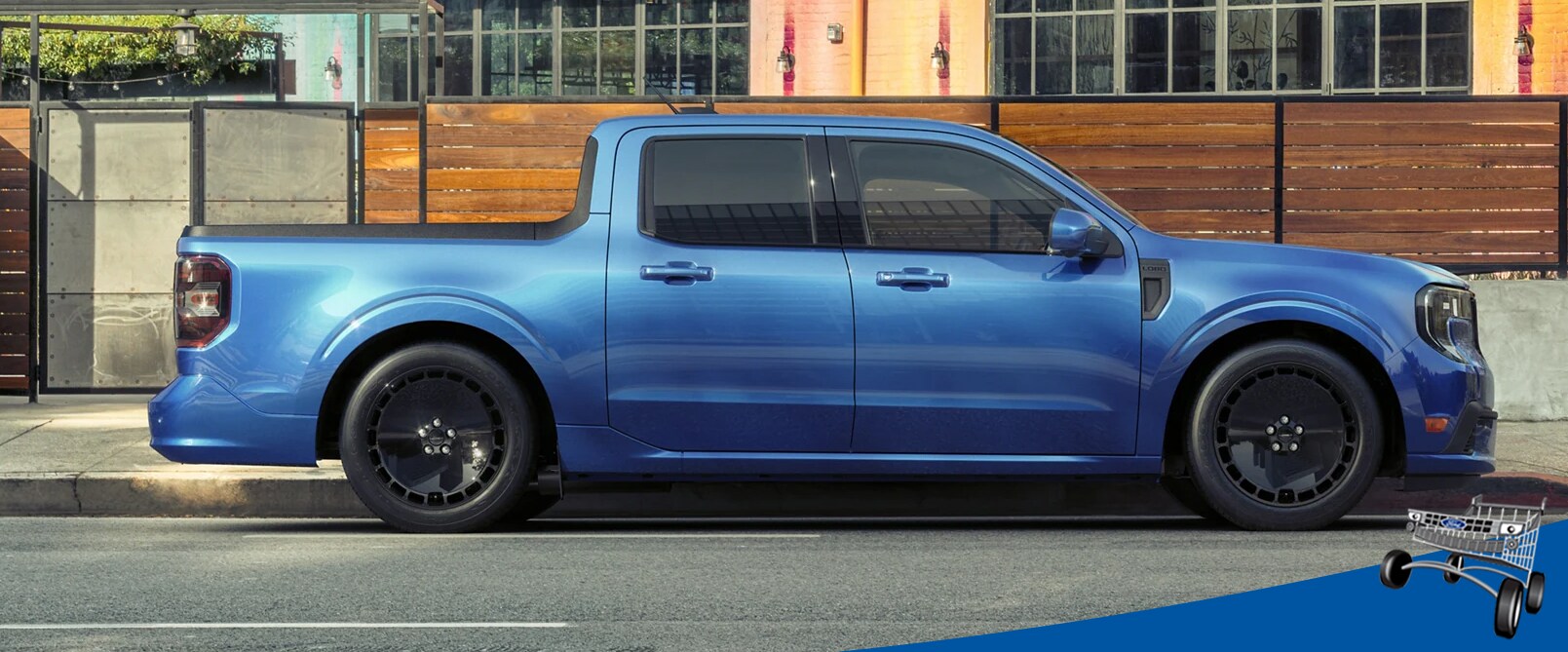
Inspecting for Visible Damage
The first step in assessing your vehicle’s safety is to check for visible damage. Look for:
- Structural damage: Examine the frame and body panels for dents, cracks, or misalignment. Significant damage to the structure could compromise the vehicle’s ability to protect you in another accident.
- Leaking fluids: Check under the car for any leaks. Fluids such as oil, coolant, or brake fluid are critical to your vehicle’s operation.
- Tire condition: Inspect the tires for punctures, sidewall damage, or misalignment. Damaged tires can lead to blowouts or poor handling.
If you notice any of these issues, it’s best to avoid driving the vehicle and contact our Homewood Collision Center for a professional assessment.
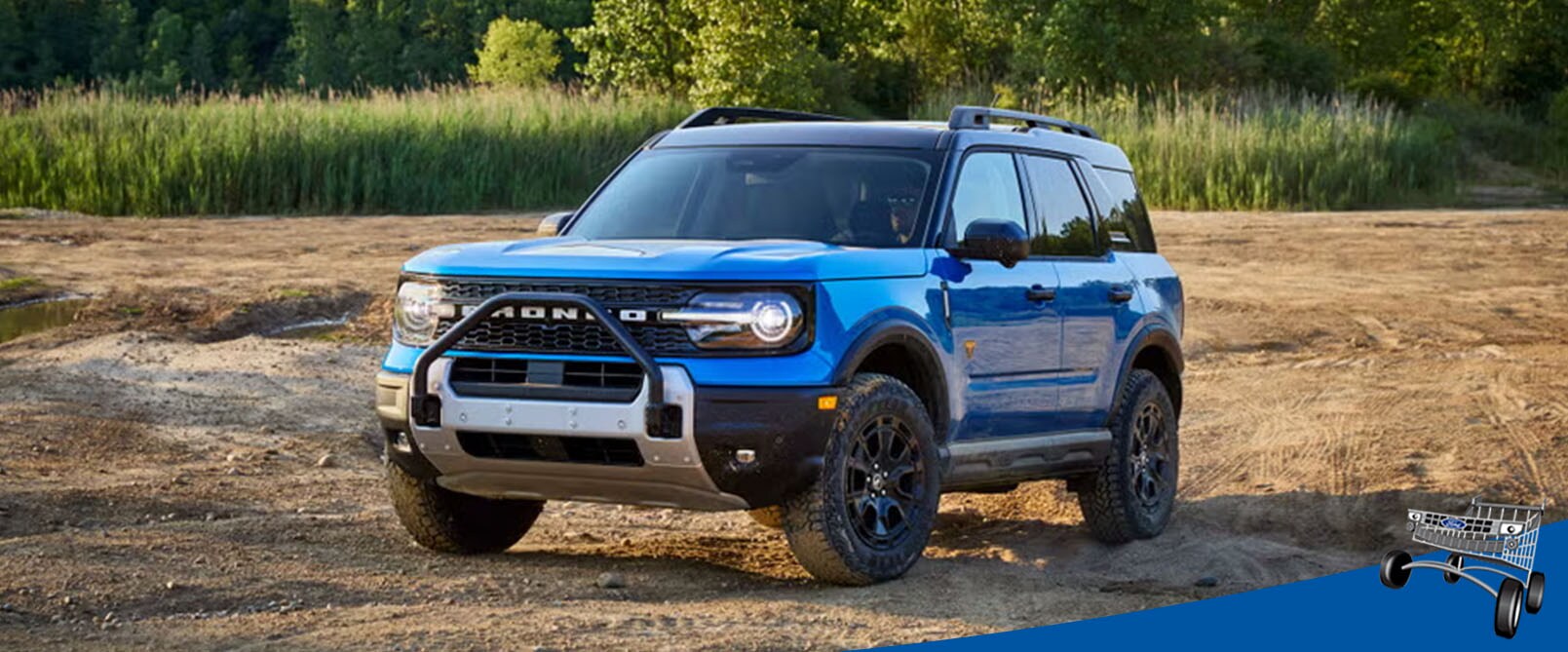
Checking the Vehicle’s Alignment
A collision can knock your vehicle out of alignment even if no apparent damage exists. Signs of misalignment include:
- The steering wheel is pulling to one side.
- Uneven tire wear.
- Difficulty maintaining a straight path while driving.
Driving with poor alignment can lead to additional wear and tear on your tires and suspension. Our technicians can perform a precise alignment check to restore your vehicle’s handling and safety.
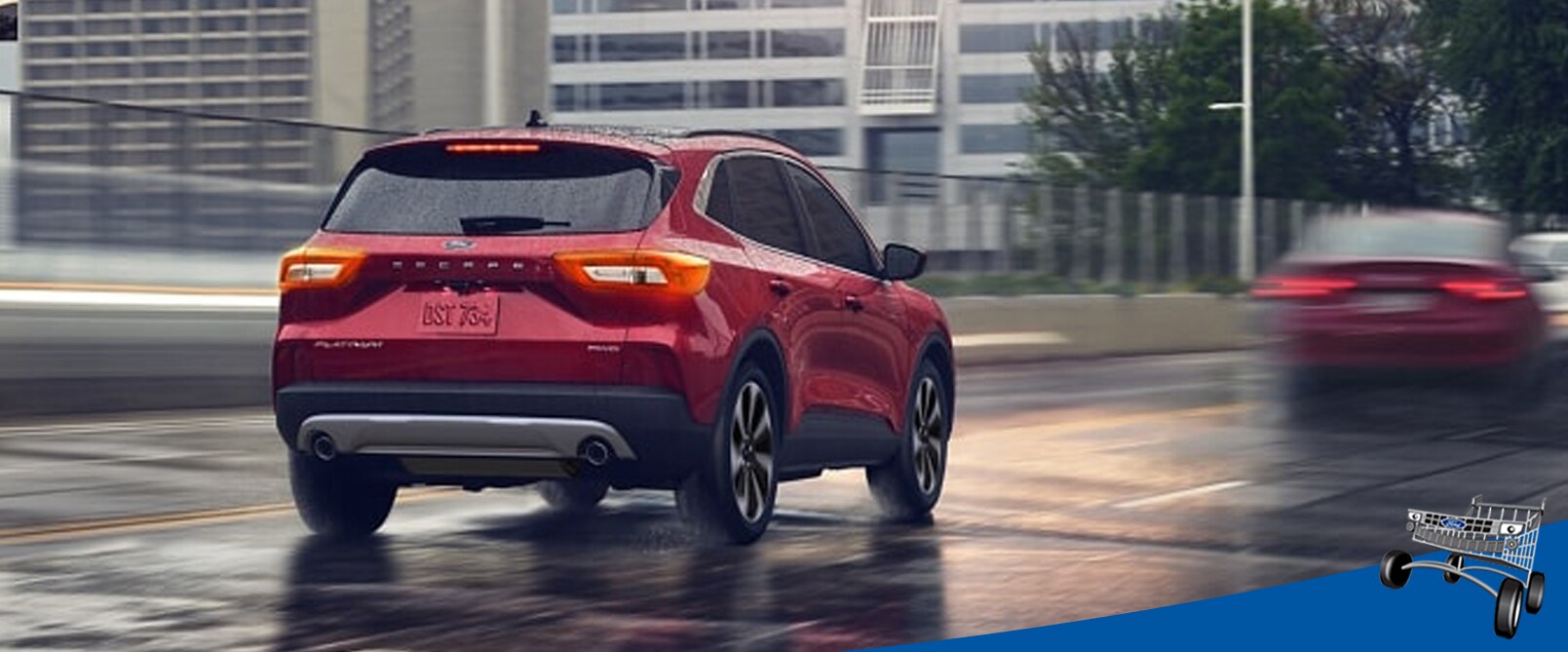
Evaluating Safety Features
Modern vehicles are equipped with advanced safety systems designed to protect you. After a collision, it’s incredibly important to verify these systems are functioning properly. Key features to inspect include:
- Airbags: If airbags are deployed during the collision, they must be replaced.
- Seatbelts: Check for fraying or locking issues.
- Sensorsand cameras: Verify that systems like blind-spot monitoring, lane-keeping assist, and parking sensors are operational.
Our Homewood Collision Center has the tools and expertise to diagnose and repair any issues with your vehicle’s safety systems.

Assessing Mechanical Components
A collision can also affect the mechanical integrity of your vehicle. Be aware of:
- Engine performance: Listen for unusual noises or vibrations.
- Braking system: Test the brakes for responsiveness. Address any grinding or reduced stopping power immediately.
- Suspension: Look for signs of damage, such as sagging or uneven ride height.
If you experience any of these issues, our team can perform a thorough inspection and necessary repairs to confirm that your car is safe to drive.
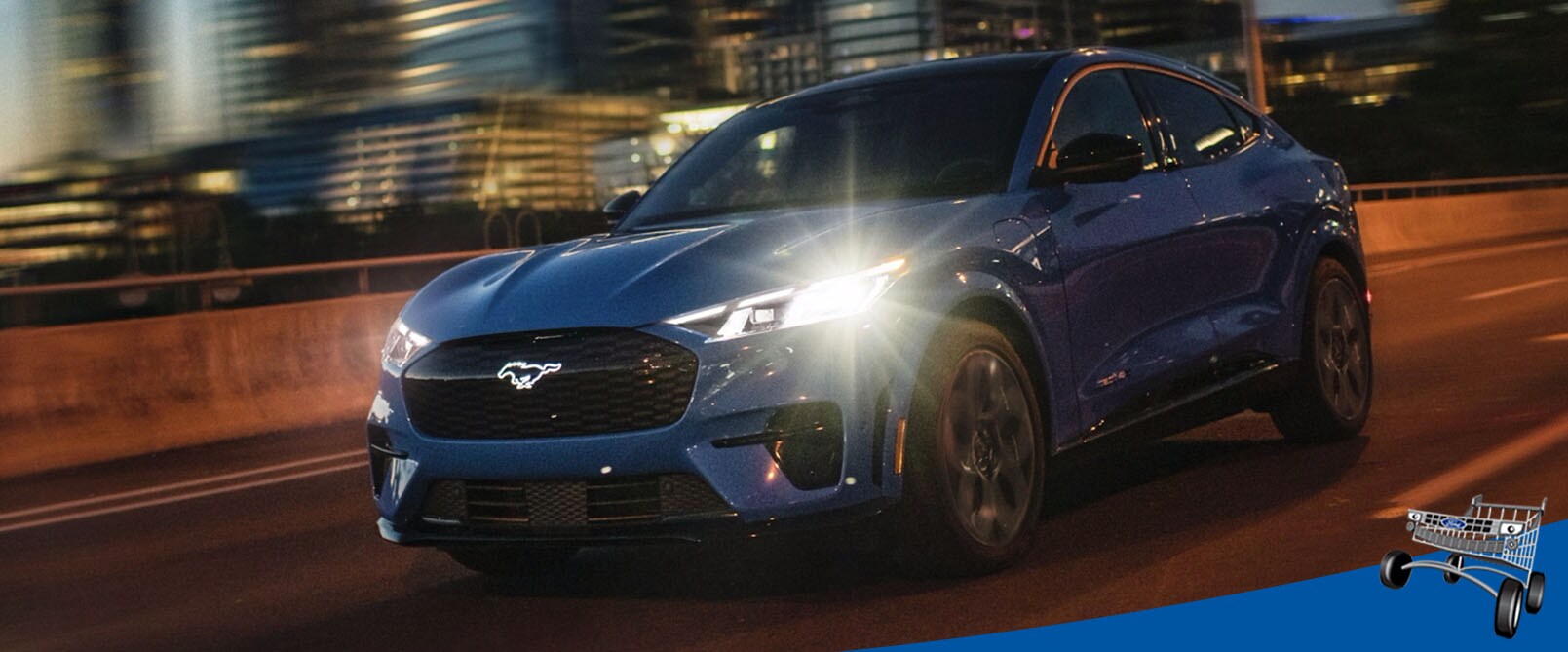
When To Tow Instead of Drive
If you’re unsure about the extent of the damage or notice any of the following, it’s safer to tow your vehicle:
- Severe body damage or structural compromise.
- Leaking fluids or smoke.
- Warning lights on the dashboard.
- Difficulty steering or braking.
We offer towing services to bring your vehicle directly to our Homewood Collision Center, where we’ll handle the rest.
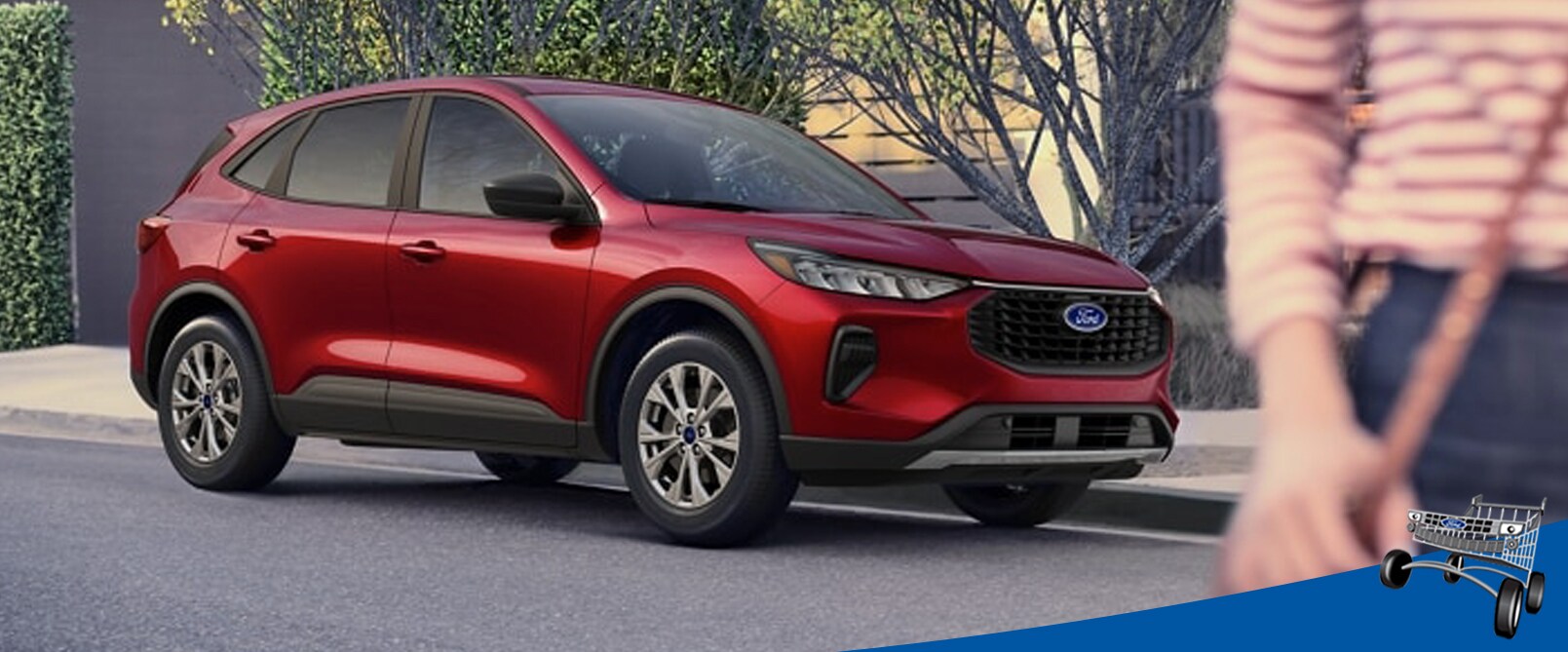
Trust the Experts at Homewood Collision Center
At Ford of Homewood, we understand how stressful a collision can be. That’s why our Homewood Collision Center is here to provide expert care and peace of mind. From minor repairs to major restorations, we use state-of-the-art equipment and genuine Ford parts to safely get you back on the road.
If you’ve been in a collision, don’t take chances with your safety. Schedule an inspection with us today and let our certified technicians ensure your vehicle is in top condition. Visit Ford of Homewood or contact our Homewood Collision Center to learn more.
